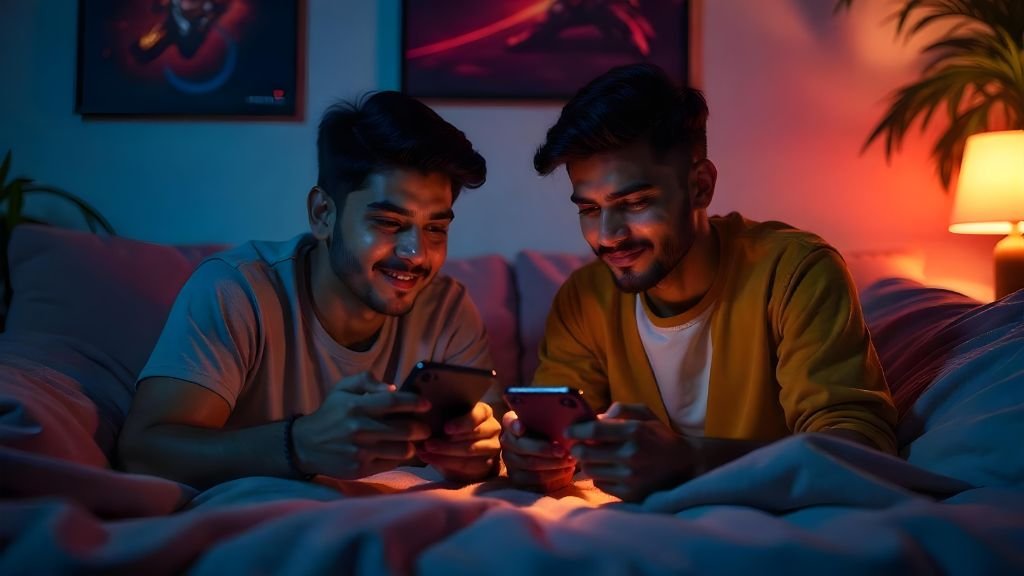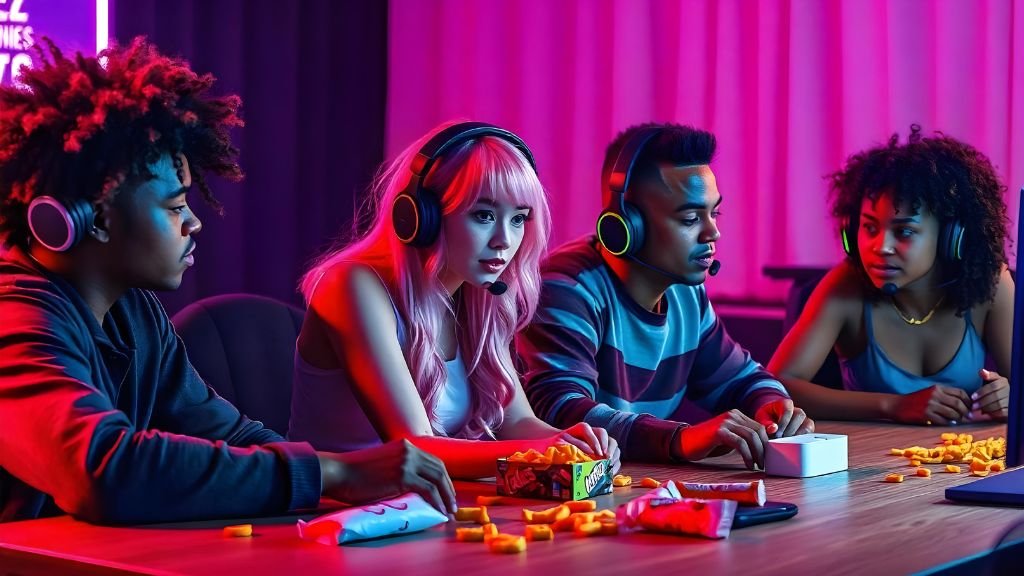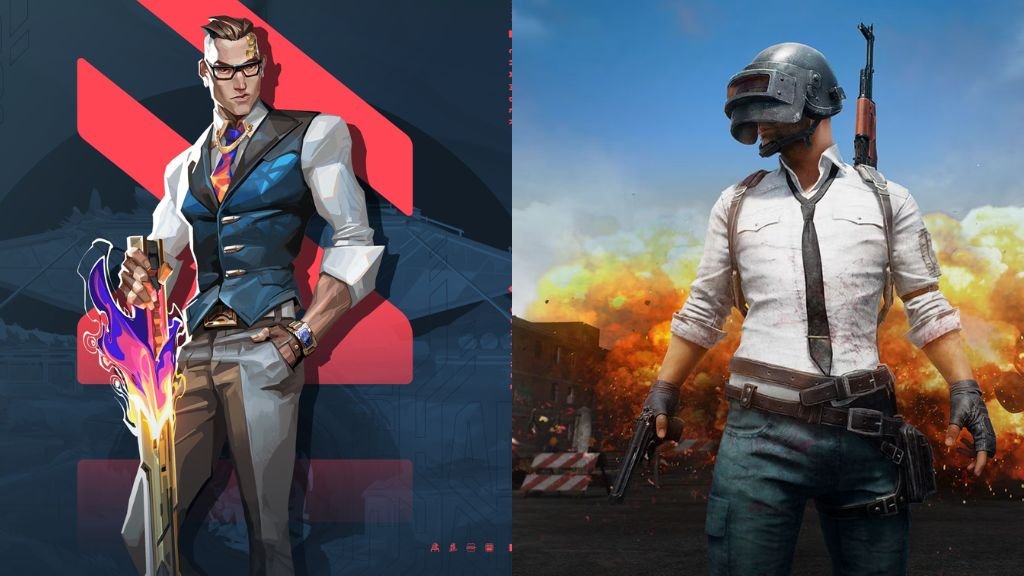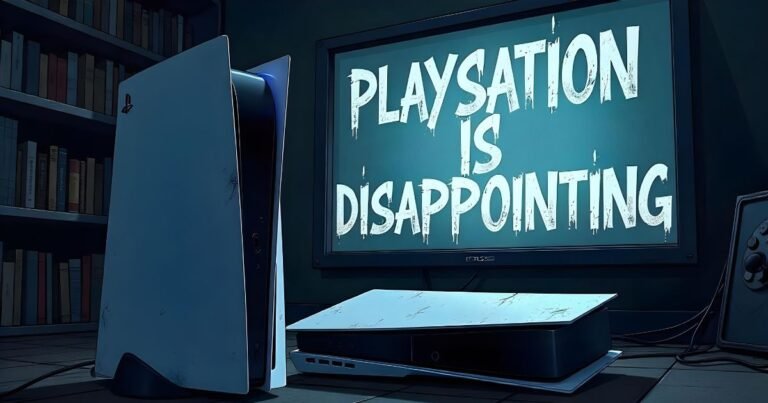The excitement for Valorant Mobile has been reignited after years of silence, especially with the recent release of its Chinese beta. Clips from the beta version are now surfacing all over the internet, creating a lot of buzz among gamers. Several Gaming YouTubers have even gained early access to the game.
But the big question is: Can Valorant Mobile replace BGMI (Battlegrounds Mobile India) in India? Or will it become a new game that allows content creators to grow their audience? In this post, we’ll dive deep into whether Valorant Mobile has the potential to attract a larger player base than BGMI, and we’ll also explore its gameplay mechanics, optimization, and much more.
Will Valorant Mobile Launch in India?

One of the first questions that might come to mind is whether Valorant Mobile will be available in India, especially since its code was developed by Tencent. Given the complex relations between India and China, it’s natural to have doubts.
However, Riot Games is the publisher of Valorant Mobile, which means that the game should launch in India without any issues, regardless of geopolitical concerns.
Next-Level Optimization for Low-End Devices
The Chinese beta of Valorant Mobile has already demonstrated impressive optimization, with players on older processors reporting smooth gameplay at 40 FPS.
This is largely due to the fact that Valorant Mobile is a sandbox-type game—unlike BGMI, which requires massive battle royale maps, Valorant Mobile doesn’t put as much load on your device’s processor and GPU. As a result, it will run well on lower-end devices and will take up much less storage space.
Streamlined Mechanics & User-Friendly Controls

One of the standout features of Valorant Mobile is its user-friendly mechanics. For example, when you use a character’s ability, the ability button disappears during the cooldown period, keeping the screen less cluttered. This is great for players who prefer a minimal interface.
For 2-finger and 3-finger players worried about managing ADS (aim down sights), abilities, and other controls, Valorant Mobile has provided a solution. The fire button on the left side of the screen can be customized into four different modes, including crosshair fire, ADS + fire, and crouch + ADS fire. This makes it easier to control the game without crowding the screen with too many buttons, allowing players to focus on gameplay.
Anti-Cheat System: Better Than BGMI?
When it comes to cheating, Riot Games and Tencent have implemented a robust anti-cheat system that is far superior to what’s currently seen in BGMI. This should help minimize the number of hackers, providing a fairer playing experience for everyone.
Recoil Patterns & Adjusting to Mobile
The recoil patterns in Valorant Mobile are quite similar to the PC version, so players who have watched or played Valorant on PC will already be familiar with them.
While adjusting to a smaller screen and possibly using gyroscope controls may take some time, the overall mechanics of the game should feel intuitive to those who have played the desktop version.
Is Valorant Mobile Aim Assist Too Powerful?
While Valorant Mobile has a lot going for it, there are a few issues that need to be addressed. The most significant problem right now is its aim assist. Unlike standard aim assist, which should help players align their shots, the current system in Valorant Mobile is overpowered. It doesn’t just assist; it practically locks onto the enemy’s head, even if your crosshair or ADS wasn’t aligned with the head.
This makes the game less competitive and reduces the skill gap. If the aim assist remains this powerful, the challenge and fun of improving your skills will diminish. I expect this feature will get nerfed in future updates to balance gameplay.
FPS & Device Performance
Another issue common in shooting games is FPS (frames per second). Players with better devices that have higher refresh rates will always have an edge over those with older or less powerful devices.
A device with a better processor and a 120Hz screen will provide a smoother experience, allowing the game to run at 30-40 FPS higher than weaker devices. This gives an undeniable advantage in competitive gameplay.
That said, unlike BGMI, where iOS devices tend to have a noticeable advantage over Android, I believe mid-range Android devices in the ₹30,000-₹40,000 price range will handle Valorant Mobile quite well. These devices should be able to deliver a smooth 90 FPS experience, as Valorant Mobile doesn’t require the intense rendering power that battle royale games like BGMI demand.
Opportunities for Content Creators & Streamers

Now, let’s discuss the exciting potential for content creators and streamers once Valorant Mobile launches. Given the existing familiarity with Valorant on PC, the mobile version is expected to attract a massive audience. Many players have either played Valorant or have watched others enjoy the game, so there’s a built-in interest.
As players transition to Valorant Mobile, they’ll be on the lookout for tips and tricks, pro gameplay, and live streams. This creates an excellent opportunity for you to grow your channel quickly. Plus, many gamers who are feeling burnt out from BGMI, COD: Mobile, and Free Fire will be eager to explore something fresh like Valorant Mobile.
The saturation in BGMI content and emerging issues with games like Free Fire and COD: Mobile mean that Valorant Mobile presents a unique opportunity for creators to shine. As the community begins creating content around this new game, you have a chance to stand out with engaging and high-quality videos. If you can consistently deliver compelling content, you’re likely to see a significant boost in viewership and audience engagement.
Can Valorant Mobile Overtake BGMI?

My answer is both YES and NO.
Yes, because Valorant Mobile is an esports-centric game that will feature ranked matches and competitive tournaments. This focus on esports will certainly attract an audience that enjoys both watching and participating, similar to the appeal of Valorant on PC.
Despite being a PC game, Valorant boasts a strong global viewership, and while it hasn’t gained much traction in India due to fewer PC players, the mobile version will make it more accessible. Those passionate about esports will likely want to dive in.
However, Valorant Mobile may not be as casually enjoyable as BGMI. In BGMI, players can have fun with friends, drive vehicles, and engage in lighthearted antics. This kind of casual enjoyment isn’t possible in Valorant Mobile, as it’s a rank-based game that requires a commitment to pro-level gameplay and solid team communication. Success in Valorant demands coordination, maintaining the same pace, and sharing a common mindset—qualities often found in competitive esports teams.
Also, BGMI is still surviving because it has built a strong player base over time. Many players are hesitant to switch to a new game since they already have friends on BGMI and are familiar with its gameplay. With busy schedules, most people prefer to unwind with their friends in a game they know rather than spend time learning something new.
That said, those who choose to join Valorant Mobile will likely be highly motivated, whether they aim to become esports players, content creators, or simply seek a change after getting bored with BGMI.
If you agree with my opinion, feel free to comment. If you disagree, I’d still love to hear your thoughts in a non-toxic and civilized manner in the comment section!




